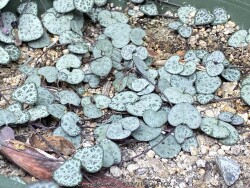
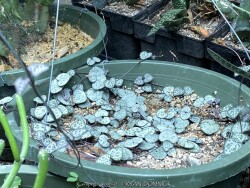
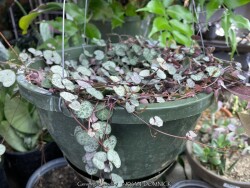

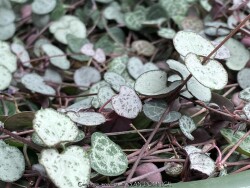
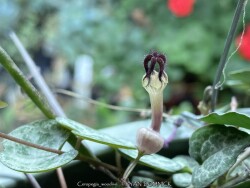
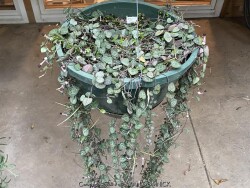
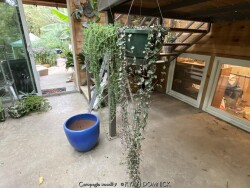
Plant Min Zone: 10a
Plant Max Zone: 11b
Sunlight: Full Sun, Part Sun, Shade
Water / Rainfall: Low, Average
Soil Quality: Poor, Average
Bloom Season: Insignificant
Flower Color: Insignificant
Berry / Fruit Color: None
Spring Foliage Color: Dark Green, Maroon, Reddish Purple, Variegated
Summer Foliage Color: Dark Green, Maroon, Reddish Purple, Variegated
Fall Foliage Color: Dark Green, Maroon, Reddish Purple, Variegated
Evergreen Foliage: Yes
Winter Interest: Yes
Scented Flowers: No
Drought Tolerance: High
Wet-Feet Tolerance: Low
Humidity Tolerance: Low, Medium
Wind Tolerance: High
Poor Soil Tolerance: Sandy Soils
Height: 0.25' - 0.5'
Width: 1' - 3'
Growth Rate: Medium
Service Life: N.A.
Maintenance Need: N.A.
Spreading Potential: N.A.
Yearly Trimming Tips: N.A.
Plant Grouping Size: N.A.
Best Side of House: N.A.
Extreme Planting Locations: N.A.
Ornamental Features: N.A.
Special Landscape Uses: N.A.
Possible Pest Problems: N.A.
Plant Limitations: N.A.
Shippable in 2026: YES
Ceropegia woodii known as the Rosary Vine and String of Hearts. This unusual, hardy vining succulent produces pretty, variegated, heart-shaped leaves with purple undersides on tough, wire-like stems. They are usually grown as a patio or house plant in Kansas. String of Hearts also grow well in hanging baskets as a durable, succulent plant able to survive drying out, heat and dry air like few others! If conditions get too rough, the foliage simply dies back and growth returns from underground tubers when favorable conditions return. To play is safe, potted plants are best moved in before night temperatures get below 45 degrees F. It is important to avoid the combination of wet and cold. Before extreme cold occurs, move to a bright interior window over the winter with no watering and keep above freezing. As a winter house plant, it will look presentable all winter long with just no waterings. As a permanent house plant, provide bright light and allow the soil to dry between waterings for many years of carefree enjoyment. Plants grown permanently indoors may begin to elongate stretching for light producing weak new growth. It can be hard to reproduce the intense UV sunlight they need so moving outside for the summer is best. Generally if moving outside for the summer, allow 1-2 weeks of part shade or morning sun before placing in full sun. Plants with time to acclimate will thrive in full sun but be careful not to rush it or sunburning will occur. Potted plants are very low maintenance. I have never seen any insect problems on this plant.